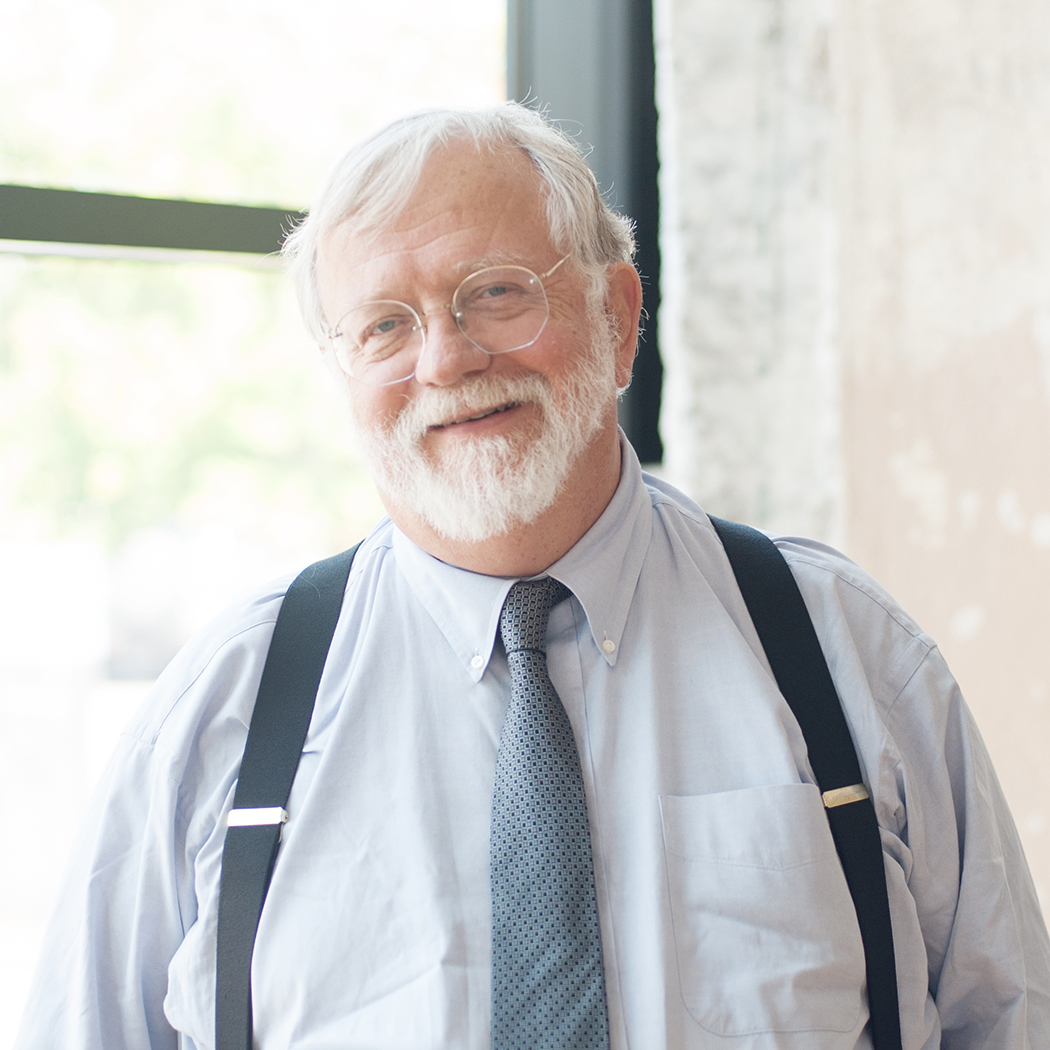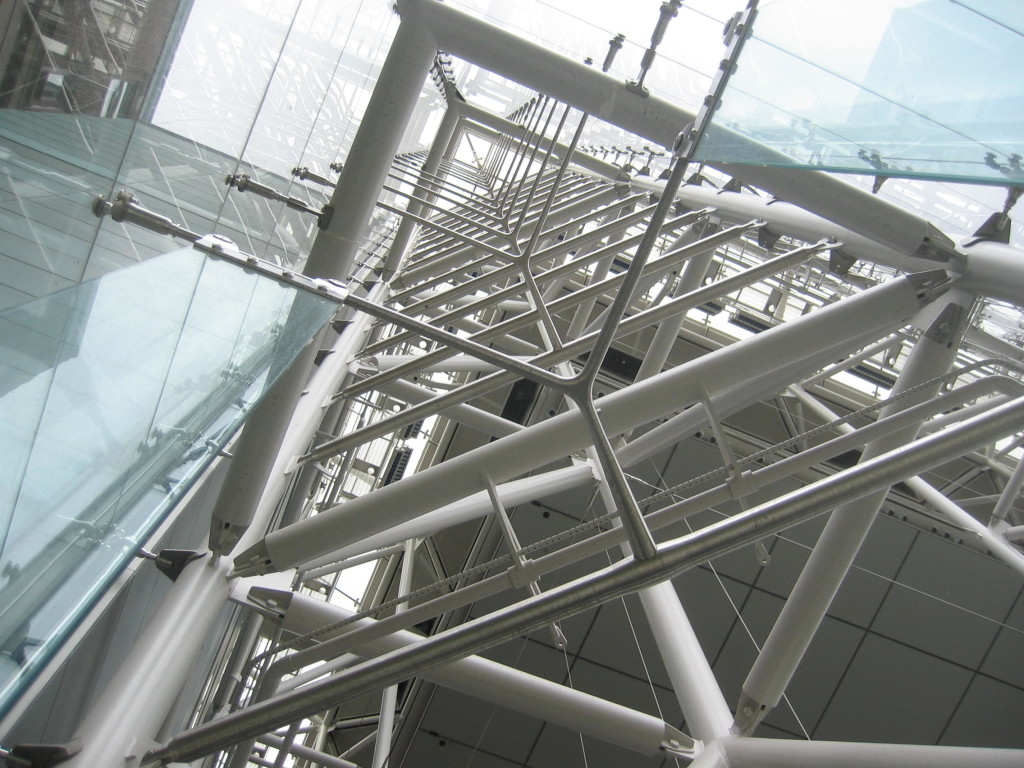
Tom Wallace, PE, SE
Principal
Tom Wallace received his Bachelor and Master of Architectural Engineering degrees from Oklahoma State University. He is a licensed Professional Engineer in 50 states, the…
View Profile
At Wallace Engineering, we often talk about the “art of engineering”. But what does that mean? The American Engineers Council for Professional Development (ECPD), an organization established in 1932, defines engineering as “the creative application of scientific principles to design or develop structures, machines, apparatus, or manufacturing processes, or works utilizing them singly or in combination; or to construct or operate the same with full cognizance of their design; or to forecast their behavior under specific operating conditions; all as respects an intended function, economics of operation and safety to life and property”. In 1980, the ECPD changed its name to the Accreditation Board for Engineering (ABET) and then changed the definition of engineering to “the profession in which a knowledge of the mathematical and natural sciences gained by study, experience, and practice is applied with judgment to develop ways to utilize economically the materials and forces of nature for the benefit of mankind”.
I believe both definitions are valid, but I prefer the first and here’s why: the first part of the definition says engineering is “the creative application of scientific principles…” To me, this phrase begins to define “the art of engineering”. Creative application of scientific principles is what got me interested in engineering as a child and it is what continues to make me enthusiastic about coming to work each day. My first memory of “engineering” as a distinct subject was watching “Bridge On the River Kwai” at the Delman Theater in Tulsa when I was 10 years old. I immediately went home and started building small bridges in our backyard out of sticks and string …and then came up with a number of ways to blow them up. As I got older, I built tunnels, tree houses, boats, hideouts, zip lines and other structures that kindled my creative energy and inspired me to want to become an engineer.
In 1970 and 1971, while I was in college, I had the good fortune to work as a laborer for a couple of amazingly creative guys – Arthur Benson, sculpture professor at Oklahoma State University and George Beggs, Architecture Assistant Professor at Oklahoma State University. These guys had the idea that buildings could be both art and architecture; i.e., sculpture that you live in. They designed and together we constructed residential sculptures made out of free-form sprayed foam and reinforced concrete. These bold experiments merged art and architecture in a radical way. They were also super-insulated, making them very energy efficient and “green” before green was cool. That experience was inspirational to me and encouraged my sense that the “art of engineering” is an important component of almost any design.
In my world today as a practicing structural engineer, it is the creative process that continues to excite me. Whether it is how to layout the “bones” of a building, how to design a beautiful bolt-free connection for exposed steel framed structure, or how to design an extremely complex free-form curtain wall structure for a Frank Gehry building, I enjoy the intellectual challenge of designing something that is simple, elegant and constructible. In the end, the structure has to perform its function and be safe, but the way it looks, feels and goes together is the very essence of the difference between the “art of engineering” and simply “engineering”.
Some notable modern examples of the art of engineering include: Frank Gehry’s Millenium Park Pritzker Pavilion, Hersog & de Meuron’s de Young Museum in Golden Gate Park, Richard Meier’s Getty Museum in Los Angeles, Moshe Safdie’s Crystal Bridges Museum in Bentonville Arkansas and the Oklahoma History Center in Oklahoma City. Our office was privileged to provide engineering on three of these wonderful buildings. You can visit any of them and immediately find the art of engineering everywhere you look.
Today some of the emerging technologies in architecture and structural engineering will make the art of engineering extremely important, as well as complex and challenging. Just imagine what the future holds with a few of the concepts emerging in engineering and design, like full-sized 3D printing of structures, construction robotics, Zero-Energy Buildings and kinetic buildings that move with time and climate changes. You can find examples of these concepts being used today by Googling:
3D Printed Architecture
Construction Robots
Flight Assembled Architecture
Kiefer Technic Showroom / Ernst Giselbrecht + Partner
Berkeley Library Zero Net Energy Building
Massachusetts North Shore Community College – Health and Student Services Building
Milwaukee Art Museum’s Burke Brise Soleil
The Falkirk Wheel
David Fisher’s Dynamic Architecture High Rise Building
These ideas make me wish I was that 10-year-old kid again, just thinking about pursuing the field of engineering. If you are just entering the field, you have the ability to be an important part of an amazing and revolutionary expansion of the “art of engineering”.

Are you passionate about the AEC industry? Do you want to use your talents with a group of the greatest engineers, landscape architects, technicians and support personnel in the industry? You've found the right place. Wallace is unique in the way we strive to make lives better for our clients, communities and employees. And we believe we have more fun doing our job than just about anyone else! The art of possibility. Discover it at Wallace.
Learn More
There are no comments.